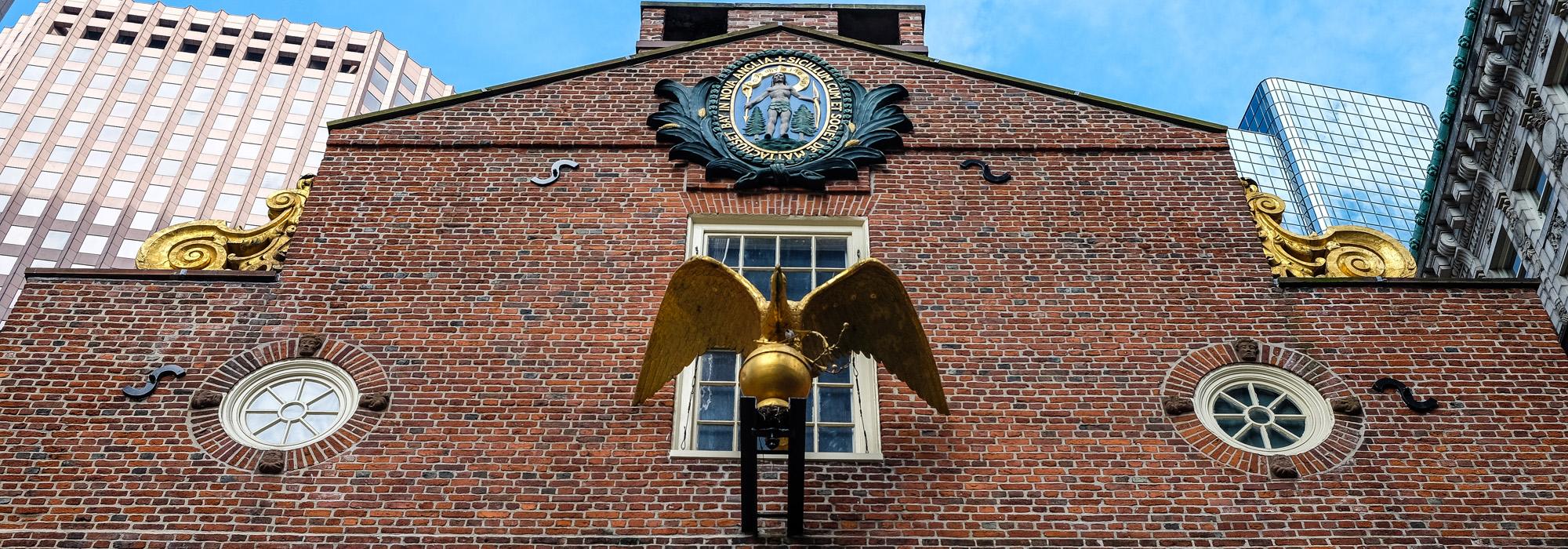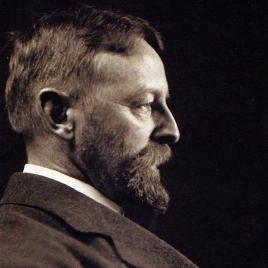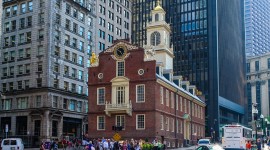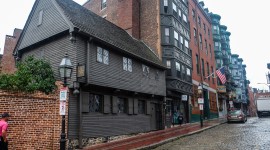Pioneer Information
Born in Plymouth, Massachusetts, Chandler attended the Massachusetts Institute of Technology (MIT), graduating in 1889. While in college, he worked in the Boston office of McKim, Mead & White. Chandler established his own practice in 1892 in Boston, much of his early work involving the preservation of significant historic structures in the Boston area. Specializing in the Colonial Revival style, he extensively studied colonial buildings in the eastern United States. Chandler renovated and restored such structures as the Mayflower House in Plymouth (1898), where he is believed to have also designed the garden to the rear of the house; the Old State House (1908) and the Paul Revere House (1908) in Boston; and The House of the Seven Gables (1909) in Salem, Massachusetts, where he also designed a simple geometric garden. From 1914 to 1936 he was involved with the transformation of the residence and the development of the landscape at Stevens-Coolidge Place in North Andover, Massachusetts. Chandler’s interest in landscape design increased over the course of his career, and he displayed a preference for formal gardens. In his book The Colonial House (1916) he advocated for symmetrical, geometric gardens and emphasized harmony between house and landscape.
Chandler also published The Colonial Architecture of Maryland, Pennsylvania, and Virginia (1892), as well as numerous articles and monographs about the Colonial style. From 1906 to 1907 he was a member of Robert Peabody’s committee of the Boston Society of Architects that submitted an urban improvement report for Boston, which remained in use until the 1960s. Chandler became a trustee of the Massachusetts Horticultural Society and a member of the Society’s building and garden committees for many years until 1935. He died in Wellesley, Massachusetts, at the age of 81 and was buried in Vine Hills Cemetery in Plymouth.







